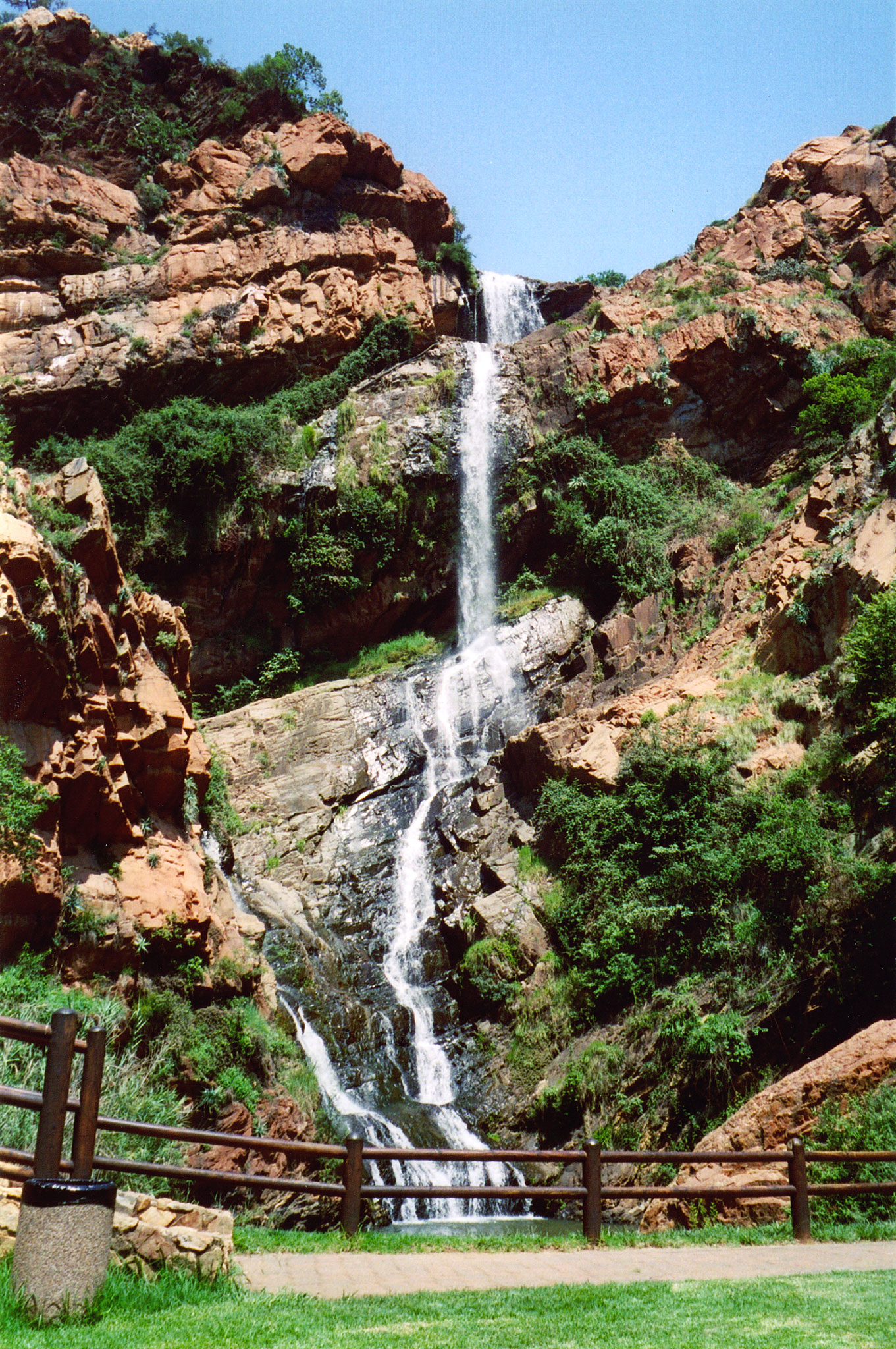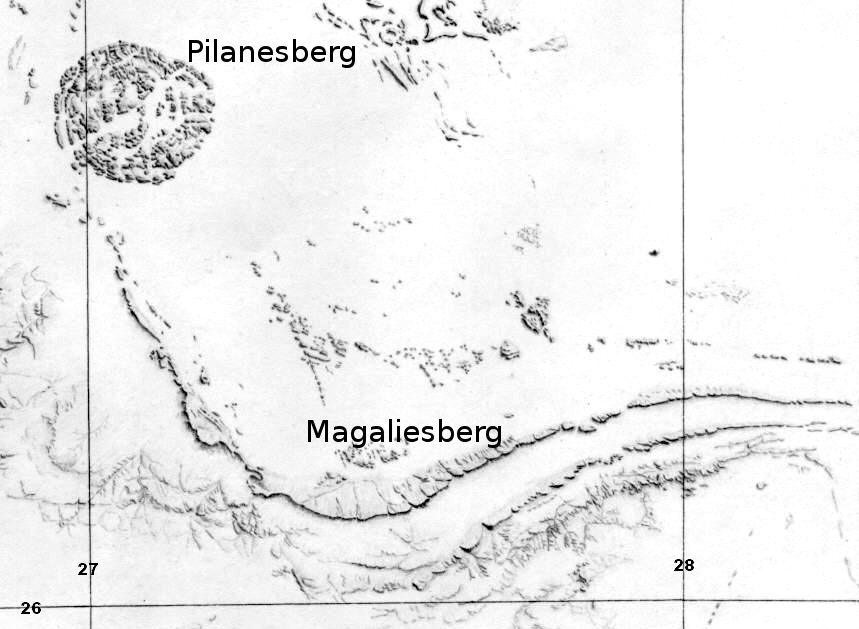|
Ficus Abutilifolia
''Ficus abutilifolia'', the large-leaved rock fig, is a species of African rock-splitting fig that occurs in two disjunct regions, one population north, and another south of the equator. The two populations are pollinated by different fig wasps, and are morphologically distinct. It is named for the similarity of its broadly ovate leaves to that of '' Abutilon''. It is virtually restricted to cliff faces and rock outcrops, and is easily recognized from its large, glabrous leaves and smooth, pale bark. Species associations '' Nigeriella fusciceps'' Wiebes is the pollinating wasp for the northern population, and '' Elisabethiella comptoni'' Wiebes pollinates the southern population. '' Philocaenus rotundus'' is an associated but non-pollinating wasp. Gallery Ficus abutilifolia, loof, Roodekrans.jpg, Foliage of a southern specimen Ficus abutilifolius MS 10387.jpg, Foliage of a northern specimen Ficus abutilifolia, vye, a, Pretoria.jpg, Fig arrangement Ficus abutilifolia01.jpg, Bark ... [...More Info...] [...Related Items...] OR: [Wikipedia] [Google] [Baidu] |
Walter Sisulu National Botanical Garden
__NOTOC__ The Walter Sisulu National Botanical Garden (''previously known as the Witwatersrand National Botanical Garden'') is a botanical reserve in Roodepoort near Johannesburg. Formally established in 1982, it is one of the youngest of South Africa's National Botanical Gardens, but the site where it is located has been popular with visitors for many decades before that. The garden is home to a well known pair of Verreaux's eagles that nest in the Roodekrans ridge which intersects the reserve. The garden has a restaurant, gift shop and nursery which sells South African native plants (the nursery closed March 2015). The Garden has been recognised as one of the most beautiful botanical gardens in the world. See also *List of botanical gardens in South Africa This list of botanical gardens in South Africa is intended to include all significant botanical gardens and arboretums in South Africa. See also * Protected areas of South Africa * List of botanical gardens * Li ... [...More Info...] [...Related Items...] OR: [Wikipedia] [Google] [Baidu] |
Friedrich Anton Wilhelm Miquel
Friedrich Anton Wilhelm Miquel (24 October 1811 – 23 January 1871) was a Dutch botanist, whose main focus of study was on the flora of the Dutch East Indies. Early life Miquel was born in Neuenhaus and studied medicine at the University of Groningen, where, in 1833, he received his doctorate. After starting work as a doctor at the Buitengasthuis Hospital in Amsterdam, in 1835, he taught medicine at the clinical school in Rotterdam. In 1838 he became correspondent of the Royal Institute, which later became the Royal Netherlands Academy of Arts and Sciences, and in 1846 he became member. He was professor of botany at the University of Amsterdam (1846–1859) and Utrecht University (1859–1871). He directed the Rijksherbarium (National Herbarium) at Leiden from 1862. In 1866, he was elected a foreign member of the Royal Swedish Academy of Sciences. Research Miquel did research on the Taxonomy (biology), taxonomy of plants. He was interested in the flora of the Dutch Empire, speci ... [...More Info...] [...Related Items...] OR: [Wikipedia] [Google] [Baidu] |
Ficus
''Ficus'' ( or ) is a genus of about 850 species of woody trees, shrubs, vines, epiphytes and hemiepiphytes in the family Moraceae. Collectively known as fig trees or figs, they are native throughout the tropics with a few species extending into the semi-warm temperate zone. The common fig (''F. carica'') is a temperate species native to southwest Asia and the Mediterranean region (from Afghanistan to Portugal), which has been widely cultivated from ancient times for its fruit, also referred to as figs. The fruit of most other species are also edible though they are usually of only local economic importance or eaten as bushfood. However, they are extremely important food resources for wildlife. Figs are also of considerable cultural importance throughout the tropics, both as objects of worship and for their many practical uses. Description ''Ficus'' is a pantropical genus of trees, shrubs, and vines occupying a wide variety of ecological niches; most are evergreen, bu ... [...More Info...] [...Related Items...] OR: [Wikipedia] [Google] [Baidu] |
Abutilon
''Abutilon'' is a large genus of flowering plants in the mallow family, Malvaceae. It is distributed throughout the tropics and subtropics''Abutilon''. Flora of China. of the Americas, Africa, Asia, and Australia. General common names include Indian mallow''Abutilon''. Integrated Taxonomic Information System (ITIS). and velvetleaf; ornamental varieties may be known as room maple, parlor maple, or flowering maple. The genus name is an 18th-century word that came from the Arabic ' (), the name given by |
Kruger National Park
Kruger National Park is a South African National Park and one of the largest game reserves in Africa. It covers an area of in the provinces of Limpopo and Mpumalanga in northeastern South Africa, and extends from north to south and from east to west. The administrative headquarters are in Skukuza. Areas of the park were first protected by the government of the South African Republic in 1898, and it became South Africa's first national park in 1926. To the west and south of the Kruger National Park are the two South African provinces of Limpopo and Mpumalanga, respectively. To the north is Zimbabwe, and to the east is Mozambique. It is now part of the Great Limpopo Transfrontier Park, a peace park that links Kruger National Park with the Gonarezhou National Park in Zimbabwe, and with the Limpopo National Park in Mozambique. The park is part of the Kruger to Canyons Biosphere, an area designated by the United Nations Educational, Scientific and Cultural Organization (UNES ... [...More Info...] [...Related Items...] OR: [Wikipedia] [Google] [Baidu] |
Magaliesberg
The Magaliesberg (historically also known as ''Macalisberg'' or ''Cashan Mountains'') of northern South Africa, is a modest but well-defined mountain range composed mainly of quartzites. It rises at a point south of the Pilanesberg (and the Pilanesberg National Park) to form a curved prominence that intersects suburban Pretoria before it peters out some to the east, just south of Bronkhorstspruit. The highest point of the Magaliesberg is reached at Nooitgedacht Glacial Pavements, Nooitgedacht, about above sea level. A Hartbeespoort Aerial Cableway, cableway reaching to the top of the mountain range is located at Hartbeespoort Dam, providing sweeping views of the Magaliesberg and surrounding area. Geology The Magaliesberg has ancient origins. Its composition is ascribed to successive Geology, geological processes over a very protracted history. Its quartzites, shales, chert and Dolomite (rock), dolomite were deposited as sediments in an inland basin on top of a 3 billion year o ... [...More Info...] [...Related Items...] OR: [Wikipedia] [Google] [Baidu] |
Trees Of Africa
In botany, a tree is a perennial plant with an elongated Plant stem, stem, or trunk (botany), trunk, usually supporting branches and leaves. In some usages, the definition of a tree may be narrower, including only woody plants with secondary growth, plants that are usable as lumber or plants above a specified height. In wider definitions, the taller Arecaceae, palms, Cyatheales, tree ferns, Musa (genus), bananas, and bamboos are also trees. Trees are not a Taxon, taxonomic group but include a variety of plant species that Convergent evolution, have independently evolved a trunk and branches as a way to tower above other plants to compete for sunlight. The majority of tree species are angiosperms or hardwoods; of the rest, many are gymnosperms or softwoods. Trees tend to be long-lived, some reaching several thousand years old. Trees have been in existence for 370 million years. It is estimated that there are some three trillion mature trees in the world. A tree typically has ... [...More Info...] [...Related Items...] OR: [Wikipedia] [Google] [Baidu] |




